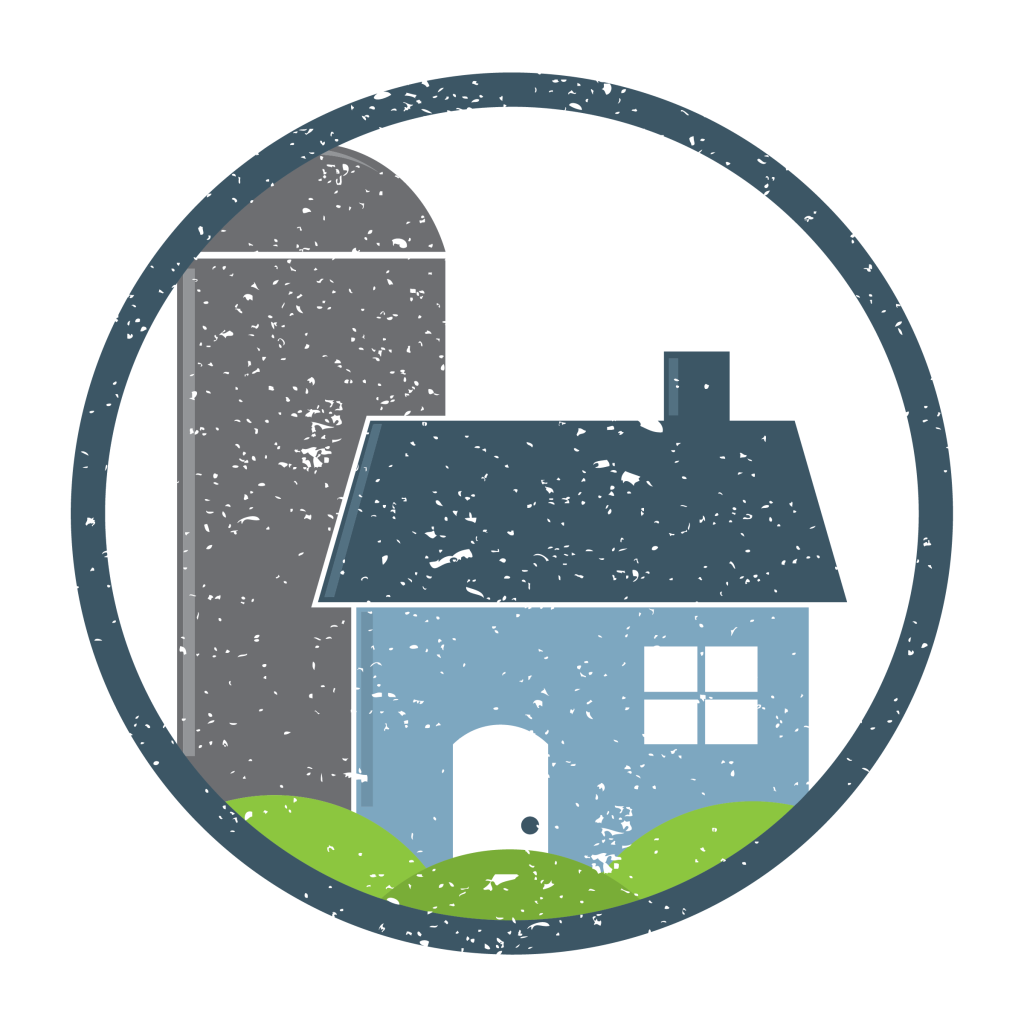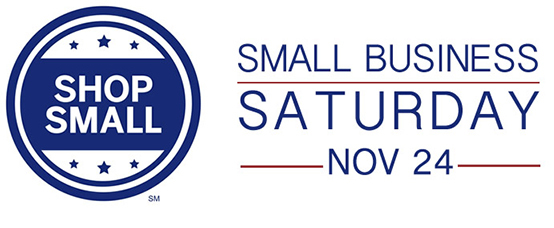The holidays are upon us, and that means family, friends, food, social events — and shopping (lots and lots of it). Black Friday and Cyber Monday are the two big shopping days, but there’s another day that’s important to local entrepreneurs: Small Business Saturday, which is November 24.
The day was first observed in the U.S. on November 27, 2010 as a counterpart (and rebuttal) to Black Friday and Cyber Monday. American Express trademarked the name Small Business Saturday and sponsored the first event in conjunction with the Roslindale Village Main Street in Boston, Massachusetts, but the idea has grown to become a national phenomenon, embraced by local businesses coast to coast. After the success of the U.S. program, the United Kingdom launched their own Small Business Saturday U.K. in 2013.
While Black Friday and Cyber Monday emphasize sales at big box stores, major retailers and e-commerce, Small Business Saturday encourages holiday shoppers to patronize local brick-and-mortar establishments. Dollars spent at small, independently owned stores are an investment in the community. According to a Michigan study, for every $100 spent at a local business, roughly $68 stays in the local economy. Conversely, if that same $100 is spent at a larger business, only $43 stays in the local economy. That’s quite a difference.
Here are some other stats:
- There are 28.8 million small businesses in the country.
- Small businesses (companies with fewer than 500 employees) account for 99.7% of all businesses in the U.S.
- Small businesses accounted for 64% of new jobs created in the U.S. between 1993 and 2011.
- Franchised small businesses employ roughly 8 million people and make up 40 % of all American retail jobs.
The hashtags #smallbusinesssaturday and #smallbizsaturday are associated with the day and are used to promote small business on any Saturday, not just the Saturday between Black Friday and Cyber Monday.
The hashtags are a great business tool to help build awareness, reach customers, and, most importantly, boost foot traffic during the crucial (and busy) holiday shopping season.
In 2017, the shopping holiday saw 108 million shoppers spend $12.9 billion on November 25 at independently owned businesses. Roughly four in 10 people, or 43 percent of American adults, either shopped or dined small on the day. According to the data, 70 percent of U.S. consumers are aware of Small Business Saturday, and 58 percent said they shopped or dined at more than one independently owned business during the SBS weekend. Even better, support for small businesses went beyond brick-and-mortar with 35 percent saying they shopped online. Impressively, 64 percent of consumers said the main reason for shopping locally was to support their community.
So which small businesses fared the best? Looking at a state-by-state breakout, the most popular small businesses visited on the day were restaurants, bars and pubs (41 percent), followed by clothing and accessories stores (24 percent), food stores (23 percent) and coffee shops (22 percent).
Black Friday and Cyber Monday will certainly always take the lion’s share of sales, and these sales-driving holidays seem to get bigger each year (in fact, many stores are now open on Thanksgiving), but Small Business Saturday is still holding its own.
And for local merchants, that’s something to be thankful for.
Farmhouse Creative wants to wish everyone a safe and happy Thanksgiving.

